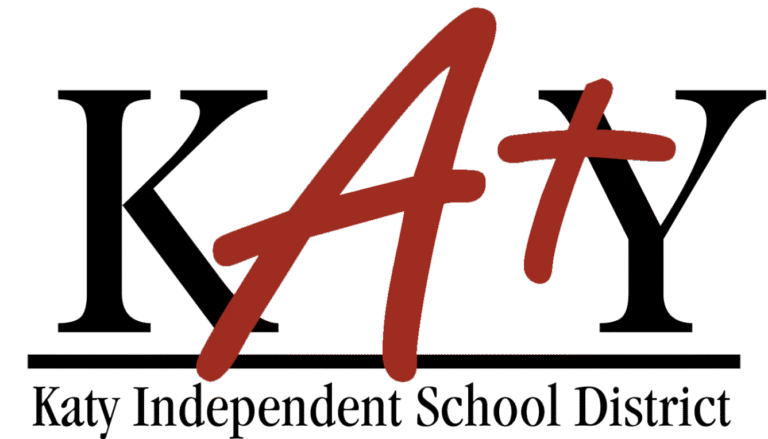Understanding the Ashcroft Capital Lawsuit: Allegations, Background, and Lessons for Investors
The Ashcroft Capital lawsuit has become a point of discussion among investors, real estate enthusiasts, and those interested in how investment firms operate. It involves claims of misrepresentation, breach of fiduciary duty, and other concerns raised by stakeholders. While many lawsuits in the investment world come and go without much public attention, this one has attracted interest due to the company’s profile and the seriousness of the allegations.
In this article, we will explore the background of Ashcroft Capital, the nature of the lawsuit, the legal process involved, and what lessons investors can take from such cases.
Background of Ashcroft Capital
Ashcroft Capital is known as a real estate investment firm that focuses on acquiring, managing, and repositioning apartment communities. The company’s investment model typically involves raising funds from accredited investors, acquiring multi-family properties, and then working to improve their value through renovations and management strategies.
Over time, Ashcroft Capital built a reputation for targeting properties in high-growth markets, often marketing itself as a trustworthy avenue for passive income through real estate syndications. This background is key to understanding why the Ashcroft Capital lawsuit has captured the attention of many in the investment space.
The Core of the Ashcroft Capital Lawsuit
The Ashcroft Capital lawsuit centers around allegations of misrepresentation and breach of fiduciary duty. In plain terms, these claims suggest that the company may have provided inaccurate or misleading information to investors, or may have failed to act in the best interest of those who entrusted it with their money.
Breach of fiduciary duty is a serious legal claim because fiduciaries are legally and ethically bound to prioritize the interests of their clients above their own. In the investment world, this means making transparent, honest, and well-reasoned decisions that protect investor capital.
The Ashcroft Capital lawsuit reportedly accuses the firm of actions that could have led investors to make financial commitments based on incomplete or overly optimistic representations. If proven in court, these actions could have significant legal and financial consequences for the company.
Why Misrepresentation Matters in Investment Lawsuits
In the context of the Ashcroft Capital lawsuit, misrepresentation is not just about misleading statements — it also includes the failure to disclose important risks or relevant facts. Investors rely heavily on accurate data when making decisions. Any distortion of the truth can impact whether they choose to invest, how much they invest, and what returns they expect.
For example, if projected returns were exaggerated or potential risks minimized, investors may have been persuaded to commit capital without a full understanding of the situation. In the eyes of the law, such conduct can cross into fraud or negligent misrepresentation.
The Legal Process Behind the Lawsuit
When a lawsuit like the Ashcroft Capital lawsuit is filed, it typically follows a multi-stage process:
- Filing of Complaint – The plaintiffs, often investors, submit a formal complaint detailing the allegations.
- Response by Defendant – Ashcroft Capital would have the opportunity to formally respond, either denying the allegations or presenting legal defenses.
- Discovery Phase – Both sides gather evidence, interview witnesses, and review documents.
- Settlement Negotiations – Many lawsuits are resolved out of court if both parties agree on compensation terms.
- Trial – If no settlement is reached, the case proceeds to trial where a judge or jury determines the outcome.
The Ashcroft Capital lawsuit could take months or even years to resolve, depending on its complexity, the number of plaintiffs involved, and the willingness of each side to negotiate.
Potential Outcomes of the Ashcroft Capital Lawsuit
There are several possible resolutions to the Ashcroft Capital lawsuit:
- Dismissal – The court could dismiss the case if it finds insufficient evidence.
- Settlement – Ashcroft Capital might agree to pay a sum of money to the plaintiffs without admitting fault.
- Court Judgment – If the court rules against Ashcroft Capital, the company could face financial penalties or operational restrictions.
- Reputation Impact – Even if the lawsuit is dismissed, public perception can be affected.
Investor Reactions to the Ashcroft Capital Lawsuit
The Ashcroft Capital lawsuit has sparked discussions among both current and potential investors. Some are concerned about the possibility of financial losses, while others are focused on the broader implications for the real estate investment industry. Trust is a central currency in this market, and any challenge to it can influence investor confidence.
Lessons for Investors from the Ashcroft Capital Lawsuit
Regardless of the outcome, the Ashcroft Capital lawsuit offers several important lessons for investors:
- Due Diligence Is Key – Never rely solely on promotional materials. Always verify data through independent sources.
- Understand the Risks – Every investment carries some level of risk. Ask about worst-case scenarios and how they are handled.
- Review Legal Agreements Carefully – Legal documents outline investor rights and the firm’s obligations.
- Look at Track Record – Past performance may not guarantee future results, but it can reveal patterns in management behavior.
- Monitor Ongoing Performance – After investing, stay informed about how your money is being used.
The Role of Transparency in Avoiding Future Lawsuits
The Ashcroft Capital lawsuit underlines the importance of transparency in investment operations. Firms that prioritize clear, honest communication are less likely to face legal challenges. Transparency not only protects investors but also strengthens the reputation and sustainability of an investment firm.
Conclusion
The Ashcroft Capital lawsuit is more than just a legal battle; it is a reminder that the relationship between investors and investment firms is built on trust, accuracy, and ethical conduct. Whether the allegations prove true or not, this case has already sparked meaningful conversations about the responsibilities of firms managing other people’s money.
For investors, the takeaway is clear — be thorough, ask questions, and make informed decisions. For firms, it’s a call to maintain transparency, prioritize investor interests, and uphold the highest standards of integrity.






